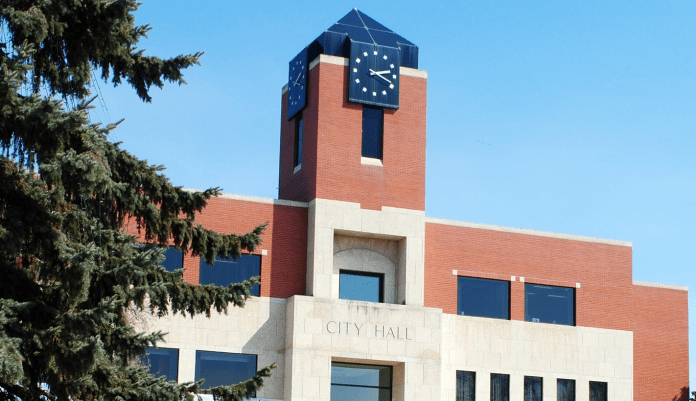The City of Prince Albert is citing inflation, transitioning from COVID-19 and lean budgeting for its $3.4 million deficit in 2022.
The deficit is the difference between the city’s proposed budget and actual spending, which factors in revenues, expenses, reserve allocations and capital-related items.
The city said the “unique circumstances” of transitioning from the COVID-19 pandemic drove the deficit.
“Revenues had not quite returned to pre-COVID years, and so we did not hit budgeted projections in areas like recreation and transit,” said Senior Accounting Manager Briane Vance.
“We also experienced situations that called for emergency repairs, in addition to considerable inflationary pressures that drove up costs on things like asphalt prices, power, electricity and insurance.”
In a report included in the city council agenda for Monday, Vance wrote that the “main theme” is lean budgeting and a lack of transparent financial reporting.
“A deficit of this amount is the result of budgeting too aggressively for revenue targets, and too sparingly for expenses. The 2022 budget inflated revenue targets in certain areas in order to lower the mill rate. The expense items were budgeted, and in some cases cut, in a way where only the predictable costs were accounted for,” she wrote.
“While this may be achievable in some years, it does not allow any room for emergency situations or uncontrollable items like inflation.”
According to Vance, it’s common to experience “ebbs and flows” in municipal spending.
“In some years, we have no emergency situations and surpluses contribute to the fiscal stabilization fund.”
The fiscal stabilization fund is meant to offset years that come with higher costs, and will cover last year’s $3.4 million deficit.
The city said it’s trying to increase transparency and accountability for its spending by providing more financial information to residents and city council.
“Administration is committed to working on strategies to communicate financial information in an understandable and meaningful way, which has not been historically provided,” said Sherry Person, city manager.
The report says the overall deficit is a combination of deficits and surpluses among five funds: the general fund, sanitation fund, water and sewer utility fund, land fund and airport fund.
The general, land and airport funds saw deficits, while the sanitation and water and sewer utility funds landed in a surplus. The general fund contributed the most to the overall deficit at nearly $5.4 million.
In the report, Vance also said additional items dipped into the fiscal stabilization fund that were not budgeted for, contributing to the large general fund deficit.
However, at the time those decisions needed to be made, there was no timely financial information to work off of.
Despite the deficit, Vance said the city remains in a good spot to pay its expenses and debts.
According to 2022 financial statements, she said, the city’s spending ratio is 2:1. This means current assets can cover obligations two times over as they come due.
An audit opinion from last year on Prince Albert’s investments, debts and net income did not identify any concerns with the city’s financial status.


